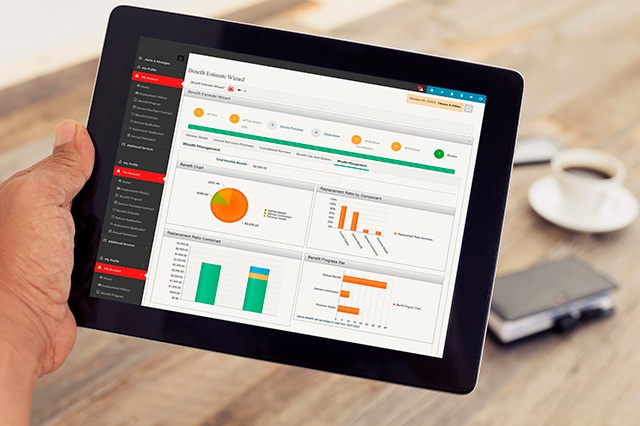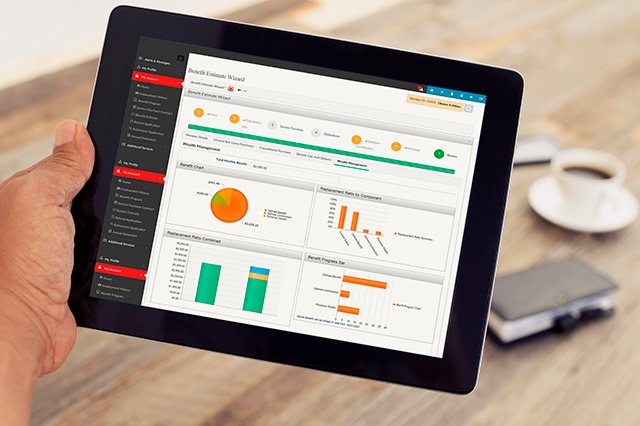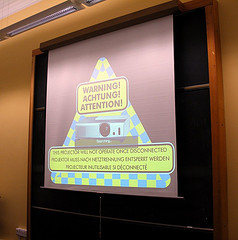The top five ways modern technology can help pension agencies realize their mission-critical goals
By Diann Clift on Thu, Mar 01, 2018

While every public pension agency has their unique differences, a common purpose unites them: to maintain the financial security of the trust fund and provide exceptional service to external stakeholders. In terms of protecting pension funds, there are numerous investment strategies to close the funding gap: using asset monetization and dedicated revenue sources, issuing well-designed pension obligation bonds, closing tax loopholes, among other tactics. Investment strategies aren’t the only way to maintain the sustainability of the plans, however. By updating the technology that is used to administer pension benefits, pension agencies can ensure financial security while simultaneously achieving customer service excellence.
Below are five best practices for how technology can help pension agencies achieve their mission-critical goals.
1. Invest in a Framework-based Solution that Continuously Evolves and ImprovesConsidering the complexity and constantly changing nature of retirement law, pension agencies should strongly consider replacing their legacy systems with technology that can easily evolve and scale. Strategic investments in modern technology is also fiscally responsible. According to an article in Government Technology, “Government at all levels remains shackled to legacy systems, which can account for 70 to 80 percent of IT dollars.”
2. Improve member centricityThere are incredible opportunities to improve member experience through technology. Focus on technical solutions that utilize multiple communication methods to ensure your agency keeps pace with other service industries. This means a chatbot integrated within web self-service portals, mobile-based offerings, and member surveys, among other things. Sophisticated levels of service delivery is clearly a trend among pension agencies, with 14 percent of pension agencies polled in the 2016 NCPERS Public Retirement Systems Study stating they are considering investing in a member web portal.
3. Enhance member communication and outreachA pension administration solution should illuminate member benefits and foster retirement readiness by offering full-service retirement planning tools. Look for member self-service portals that offer personal wealth management features. These types of tools help members visualize the impact of contributions and other deductions on their paycheck, while also providing a holistic picture of their personal wealth by combining other retirement accounts (e.g., 401K, IRA, etc.) into one dashboard.

Retirement planning tools available on mobile apps and web self-service portals illuminate member benefits and foster retirement readiness.
4. Bolster organizational efficiencies
To help you achieve operational cost effectiveness, pension administration systems should leverage automated workflow management to the greatest extent possible. This functionality improves internal efficiency, and the associated metrics and reports promote continuous process improvement. Modern solutions should also incorporate knowledge management and organizational learning to ensure staff have the necessary information and tools to perform their jobs competently.
5. Cloud Hosting OptionsConsidering the prevalence of cloud hosting, look for a pension administration solution that will allow your agency to adopt an infrastructure on demand approach. By hosting your solution on the cloud, you can decrease labor, increase scalability, and pay for what you use instead of what you have.
By following these best practices in conjunction with the aforementioned investment strategies, pension agencies can fix the funding gap, ensure a secure retirement for their members, and provide superior customer service.
You May Also Like
These Related Stories

Is the pension industry ready to leapfrog?

NPEA 2012: Pension Education's Plan B…for Plan B?




Comments (1)